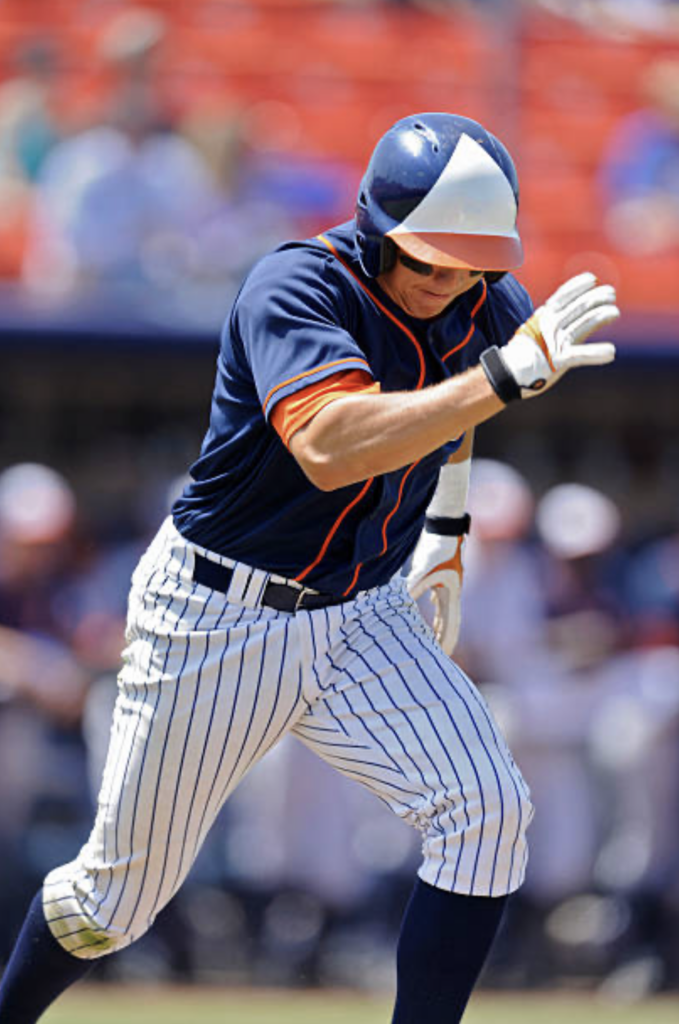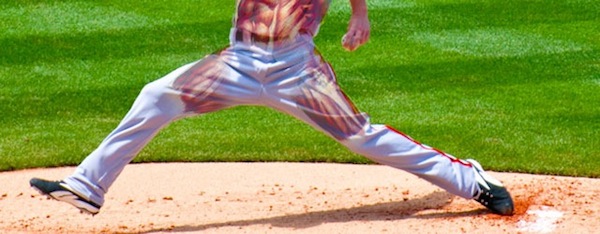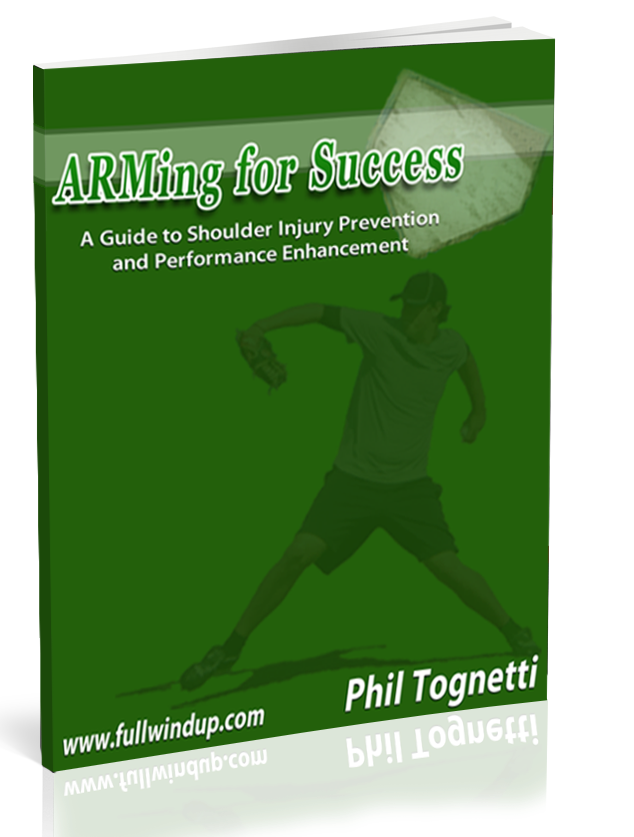Baseball is a dynamic sport that requires athletes to be fast, agile, and explosive. Whether sprinting to first base, making a quick throw to home plate, or reacting to a pitch, speed, agility, and power are essential components of success. While strength training lays the foundation for overall athleticism, speed and agility training translate strength into game-changing performance. Power training enhances the explosiveness needed for key actions like hitting and throwing.
In this article, we’ll explore the principles behind speed, agility, and power training, and how baseball players can develop these qualities to enhance their on-field performance. We’ll break down each component into its key exercises and methods, as well as practical tips for integrating them into a baseball strength and conditioning program.
1. Speed Training: Running Faster, Reacting Quicker
Speed is a fundamental skill in baseball, whether you’re stealing a base, sprinting to catch a fly ball, or charging a bunt. Speed training helps athletes develop the ability to accelerate quickly and maintain top velocity, which can make the difference in the many close plays that can occur throughout the course of a game.
Key Focus Areas for Speed Development
Speed training for baseball players should focus on improving acceleration, top-end speed, and sprint mechanics. These key areas ensure that players can maximize their time on the basepaths or in the field.
Acceleration Drills
Acceleration is the ability to increase speed quickly, and it’s especially important in baseball for situations like stealing bases or sprinting to catch a fly ball. To improve acceleration, athletes need to work on their starting position and first few steps.
- Hill Sprints: Sprinting uphill forces players to engage their glutes and hamstrings more effectively, improving the explosiveness of their starts.
- Falling Starts: Begin standing tall, then lean forward as if you’re falling, and burst into a sprint once you reach a 45-degree angle. This drill encourages a fast, explosive start.
- Resisted Sprints: Use a sled or resistance band to add load during sprints, focusing on driving harder with each step to improve acceleration.
Maximal Speed Drills
Maximal speed refers to the fastest velocity an athlete can maintain over a short distance. To improve top-end speed, players need to work on running form and maintaining a high cadence.
- Flying Sprints: Run for 10-20 yards gradually building to full sprinting speed over the next 20 yards. This helps players learn how to reach maximum speed.
- Strides: Perform 60-80 yard strides at 90% of maximum speed, focusing on form, posture, and quick leg turnover.
Sprint Mechanics
Good sprint mechanics are crucial for reducing drag and maximizing speed. Players should focus on:
- Proper Posture: Maintaining a slight forward lean (without slouching) and a relaxed head and neck.
- Arm Drive: The arms should move in sync with the legs, driving the elbows backward to generate speed.
- Leg Action: Quick knee lift and fast leg turnover help generate the power needed for acceleration and top-end speed.
2. Agility Training: Quickness and Change of Direction
Agility is the ability to change direction quickly and effectively, which is crucial for defensive plays, base running, and reacting to the unpredictable nature of the game. Unlike speed, which is linear, agility requires players to stop, start, and change direction while maintaining control of their body and balance.
Key Focus Areas for Agility Development
Agility training for baseball players should enhance reaction time, body control, and the ability to pivot and decelerate smoothly. By improving these factors, players can make quicker, more decisive moves on the field.
Cone and Hurdle Drills
Cone and hurdle drills simulate quick changes in direction and are essential for building agility. They help athletes improve footwork and the ability to cut on a dime, whether running to first base or chasing down a fly ball.
- 5-10-5 Shuttle Drill: Set up three cones in a straight line, 5 yards apart. Start at the middle cone in an athletic stance. Start by sprinting 5 yards to the left cone. Cut back and reverse direction to sprint 10 yards to the far right cone. Finally cut back and sprint through the middle cone. This drill focuses on lateral quickness and sharp direction changes.
- 3-Hurdle Drill: Set up three small hurdles (6-12 inches tall) in a straight line. Drive your knees up as you quickly move laterally over each hurdle, focusing on maintaining solid posture and explosive knee drive. Change direction to move back toward the start aiming to minimize contact time with the ground.
T-Drill
The T-Drill improves forward acceleration, lateral movement, and deceleration, making it a great drill for short bursts of speed.
- Place 4 cones in a T shape (1 at the starting point and 3 in a line 5 yards away from the starting cone).
- Sprint forward to the middle cone, shuffle to the left cone, then shuffle to the right cone, shuffle back left to the middle cone, and finally backpedal to the start.
Agility Ladder Drills
Ladder drills are fantastic for improving foot speed and coordination. They can enhance quickness, balance, and the ability to change direction in tight spaces.
- In-and-Out Drill: Step both feet into the first box of the ladder, then step both feet outside the ladder. Continue moving down the ladder with quick, controlled steps.
- Single-Leg Hop: Hop forward down the ladder with one foot in each box, focusing on quickness and explosive power.
3. Power Training: Explosiveness for Baseball-Specific Movements
Power is the combination of strength and speed, and it’s the key to generating explosive movements in baseball—whether it’s hitting the ball with force, pitching with high velocity, or sprinting around the bases. Power training involves exercises that build strength while also emphasizing speed, mimicking the explosive movements needed during a game.
Key Focus Areas for Power Development
To develop power for baseball, players should focus on exercises that enhance both lower body and upper body explosiveness. Power training should include compound lifts, plyometrics, and Olympic-style lifts, which develop force generation and transfer.
Lower Body Power: Developing Explosiveness in the Legs
The legs are responsible for generating much of the power during baseball actions, from sprinting to hitting. To build leg power, players should incorporate exercises that focus on fast and explosive movements.
- Squat Jumps: Begin in a deep squat position, then explosively jump upward. This develops fast-twitch muscle fibers and enhances vertical leap and sprinting speed.
- Box Jumps: Stand in front of a box or platform and jump onto it, focusing on height and explosiveness. This trains the legs to generate force quickly.
- Lateral Bounds: Start on one leg and jump laterally, landing on your opposite leg. This exercise enhances lateral power, simulating the explosive movements needed for accelerating out of a lead off stance or moving laterally from a fielding position.
Upper Body Power: Generating Force for Throwing and Hitting
The upper body is crucial for generating power in throwing and hitting. To develop upper body power, players should focus on exercises that improve shoulder, chest, and core strength.
- Medicine Ball Chest Pass: Stand facing a wall and explosively throw a medicine ball against it.
- Push Press: Using a barbell or dumbbells, perform an overhead press with a slight dip in the knees to drive the weight upward.
- Rotational Medicine Ball Throws: Medicine ball rotational throws develop rotational power, which is key for both hitting and pitching.
Olympic Lifts
Olympic lifts, such as the clean and jerk and snatch, are powerful tools for developing total-body power. These lifts require rapid acceleration and coordination, enhancing the explosive power needed for both pitching and hitting.
- Power Cleans: This movement involves lifting a barbell from the ground to shoulder height in a quick, explosive motion. It trains the entire body to generate force rapidly.
Training for Speed, Agility, and Power
Speed, agility, and power are the cornerstones of baseball performance. Whether accelerating to first base, changing direction on defense, or delivering an explosive throw, these qualities directly impact a player’s ability to perform at their best. By incorporating targeted drills and exercises into their training regimen, athletes can improve these attributes and translate their physical training into success on the field.





